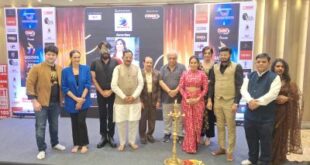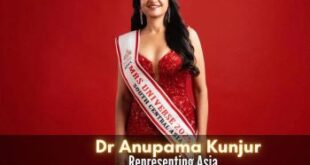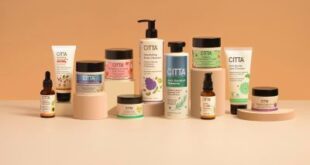Indian consumers are increasingly valuing hair care, focusing on treatments that improve both the look and long-term health of their hair. Environmental factors like pollution, extreme temperatures, and humidity, along with deficiencies in the traditional Indian diet, can negatively affect hair health, making external treatments necessary. Among the various treatments available, nanoplastia and keratin have become popular for their effectiveness in restoring, rejuvenating, and strengthening hair.
Both treatments are well-known for their effectiveness in controlling frizz, a frequent problem in India, particularly during the humid monsoon season.
Nanoplastia treatment uses nano-sized particles and amino acids to deeply nourish and repair hair by targeting the hair’s cortex, avoiding harsh chemicals. It can straighten 70–90% of hair, leaving it silky, shiny, and frizz-free, with effects lasting up to 2–3 months, or even six months with proper care. The treatment is suitable for various hair types but is not ideal for very short curls due to its application method. Nanoplastia offers durability by reducing the need for frequent touch-ups and versatility by being effective across different hair conditions.
The inclusion of natural proteins and amino acids fortifies the hair internally, helping to minimize breakage and split ends. This is particularly advantageous for Indian women who often subject their hair to heat styling, coloring, and other chemical processes.
Keratin treatments provide a temporary fix for smooth, silky, and naturally straight hair, with effects lasting about 2-3 months if well-maintained. Keratin, the protein that forms both the protective outer layer and internal structure of hair, can lead to dryness, damage, and frizz when depleted. The treatment works by filling in porous areas of the hair, restoring its health. However, some keratin treatments may contain formaldehyde, which can be harmful to your eyes, skin, and overall well-being, so it’s crucial to check labels for its presence.
Despite their effectiveness in surface-level smoothing, keratin treatments may not offer the same level of deep conditioning and structural repair as nanoplastia, particularly over the long term.
Nanoplastia is slightly more expensive than keratin treatment. Indian hair types vary from thick and coarse to thin and wavy, and both treatments can be tailored to suit these diverse needs. The rise of social media and global beauty standards has heightened the demand for sleek, smooth, and shiny hair. As a result, Indian consumers are increasingly willing to invest in high-quality treatments that provide lasting results without harming their hair.
(Dr. Vijaya Gowri Bandaru, Visiting Consultant – Dermatology, Sakra World Hospital)
 Newspatrolling.com News cum Content Syndication Portal Online
Newspatrolling.com News cum Content Syndication Portal Online







